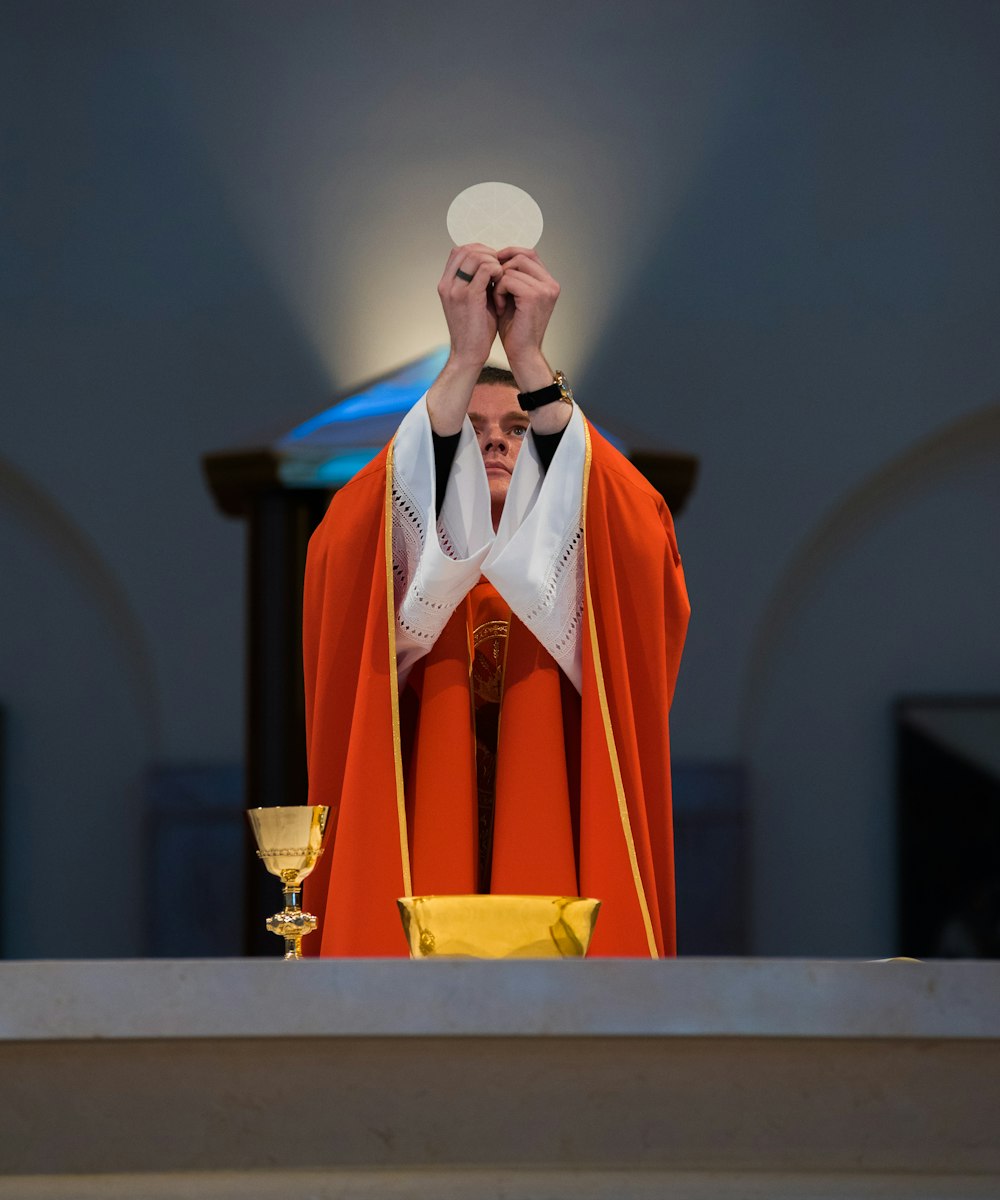What is a Feast?
Catholics often call all celebrations of the liturgical year “feasts.” Technically, though, there are three different levels of celebration: (1) Memorials, (2) Feasts, and (3) Solemnities.
(1) Memorials are significant, but they’re the least significant. There are actually two types of memorials ― optional memorials and obligatory memorials. Optional memorials recognize the lesser known saints: Saint Norbert or Saint Gertrude, for instance. Obligatory memorials recognize the more exalted ones: Saint Francis of Assisi or Saint Clare. Martha, Mary, and Lazarus from the Gospels get obligatory memorials. Memorials, whether optional or obligatory, aren’t always for saints. The Immaculate Heart of Mary is an obligatory memorial. The Holy Name of Jesus is an optional memorial.
(2) Feasts are more significant. The Apostles get feasts. Mary Magdalene gets a feast. So do major events of the Gospel: the Transfiguration or Mary’s Visitation to Elizabeth.
(3) Then there are Solemnities. These are the most significant mysteries: Christmas, the Trinity, Corpus Christi, etc. When we lump the saints together for All Saints Day, it’s a solemnity. In some places and communities, saints that are locally important get bumped up to solemnities. In Norway, Saint Olaf II gets a solemnity. The Carmelites celebrate Thérèse of Lisieux as a solemnity.
Even if a solemnity occurs during Lent (Saint Joseph or the Annunciation), the Church still pulls out all the stops. The Gloria is again sung. Fasting and abstinence are relaxed. Vestments are white, not violet. These are Christianity’s highest celebrations. Thus Easter, the Church’s most exalted celebration of all, is recognized by eight straight days of solemnities.




